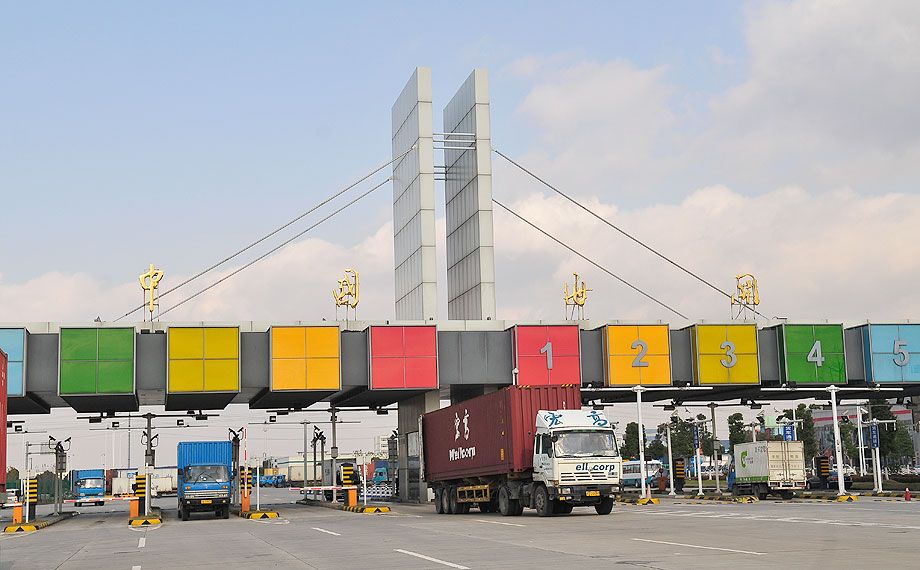China‘s product exports totaled US$3 trillion 594 billion in 2022, up 7% year-on-year, that nation’s General Administration of Customs reported.
Globally, China was the largest exporter of goods in 2021, with a 15.2% share, followed by the United States (7.9%) and Germany 7.4 percent).
But Chinese foreign sales slowed in the last quarter of last year, with the following year-on-year declines: -0.3% in October, -8.7% in November and -9.9% in December, when they totaled $306.079 billion.
According to the European Central Bank (ECB), the zero Covid policy applied in China so far, at least until the December 2022 Eurosystem staff macroeconomic projections are finalized, as well as the recession in the residential real estate sector, continue to affect activity.
Exports
Supply chain pressures continue to gradually ease globally, although Covid-19-related developments in China pose a potential downside risk, particularly in the near term.
In November, the global (excluding euro area) supplier delivery lead time PMI continued to improve further to 47.3, and in the US rose above the expansion threshold (+50), while in China it retreated from 48.7 to 45.4, mainly due to containment measures being tightened again in November in the face of a rebound in Covid-19 contagions.
However, according to the ECB, the situation remains subject to high uncertainty, as the authorities began to relax the above measures in early December and are considering the introduction of a new round of measures to combat the virus.
In all of 2022, Chinese imports of goods were $2.716 trillion, reflecting an increase of 1.1%, at an annual rate.
Thus, China’s total merchandise trade in 2022 stood at $6 trillion 310 billion, an advance of 4.4%, year over year.
Economy and stimulus
In China, policy changes related to Covid-19 and the current weakness in the residential real estate sector are affecting economic activity.
Initially, the economy rebounded in the third quarter of 2022 as Covid-19 containment measures were gradually withdrawn following the wave of contagion in April and May.
That quarter, economic growth was supported by a recovery in consumption and investment, which, despite prolonged weakness in the housing sector, rebounded on the back of fiscal stimulus.
However, in December, the Chinese government unexpectedly modified its zero Covid policy and lifted most of the restrictions associated with the pandemic.
As a result, contagions have increased rapidly and activity is likely to slow in the near term.
![]()

